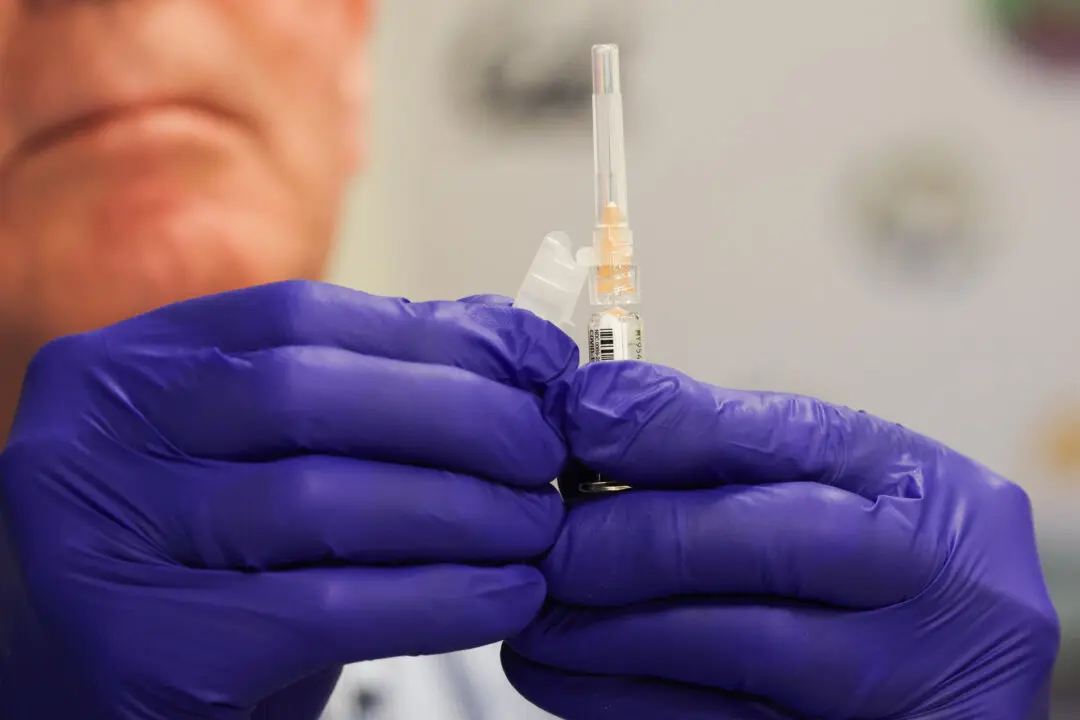Particles of highly pathogenic avian influenza A were detected in tissue from a dairy cow, the U.S. Department of Agriculture (USDA) announced on May 24.
The influenza, also known as the bird flu or H5N1, was found in muscle and other samples from the cow, according to the USDA.





